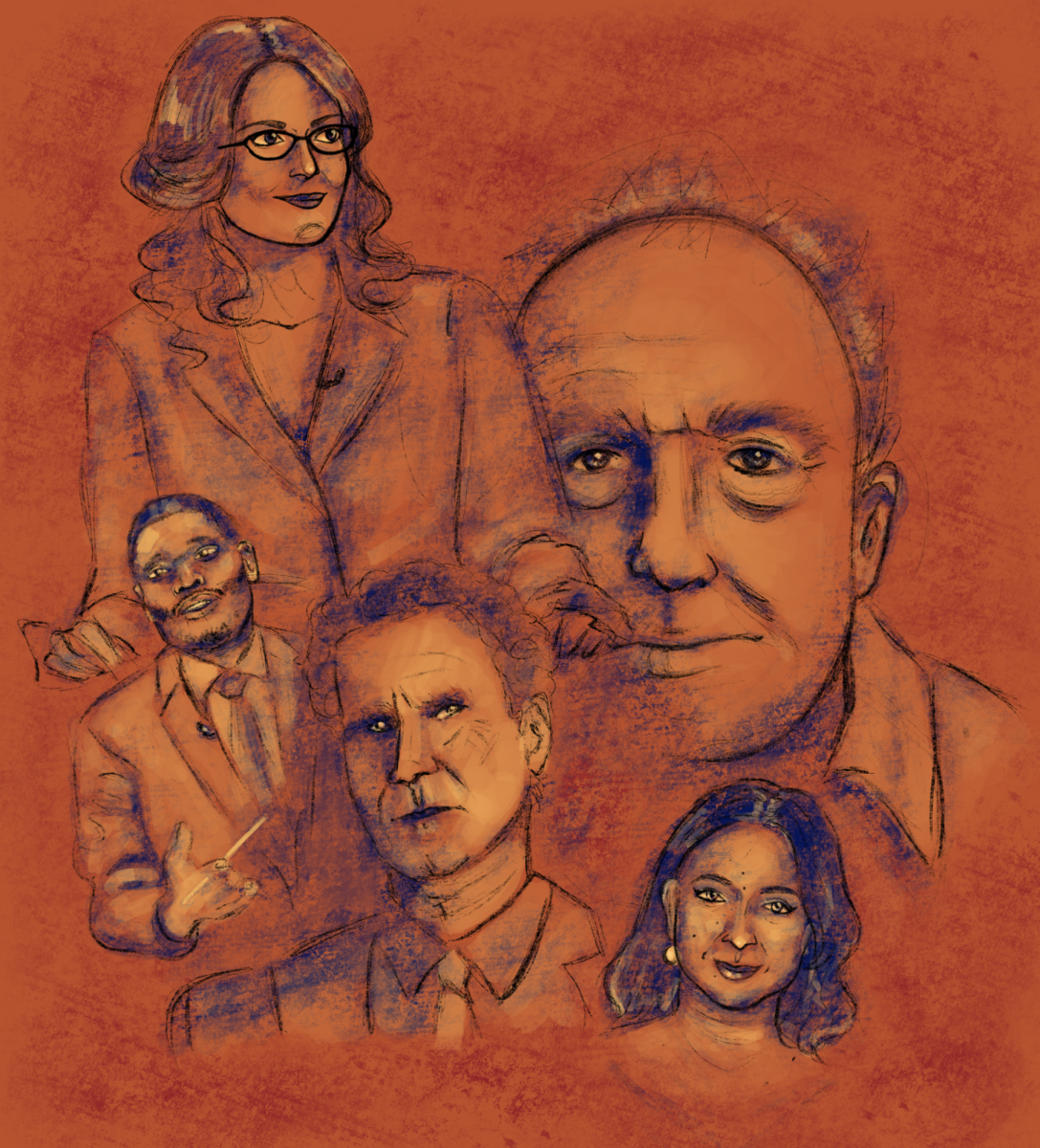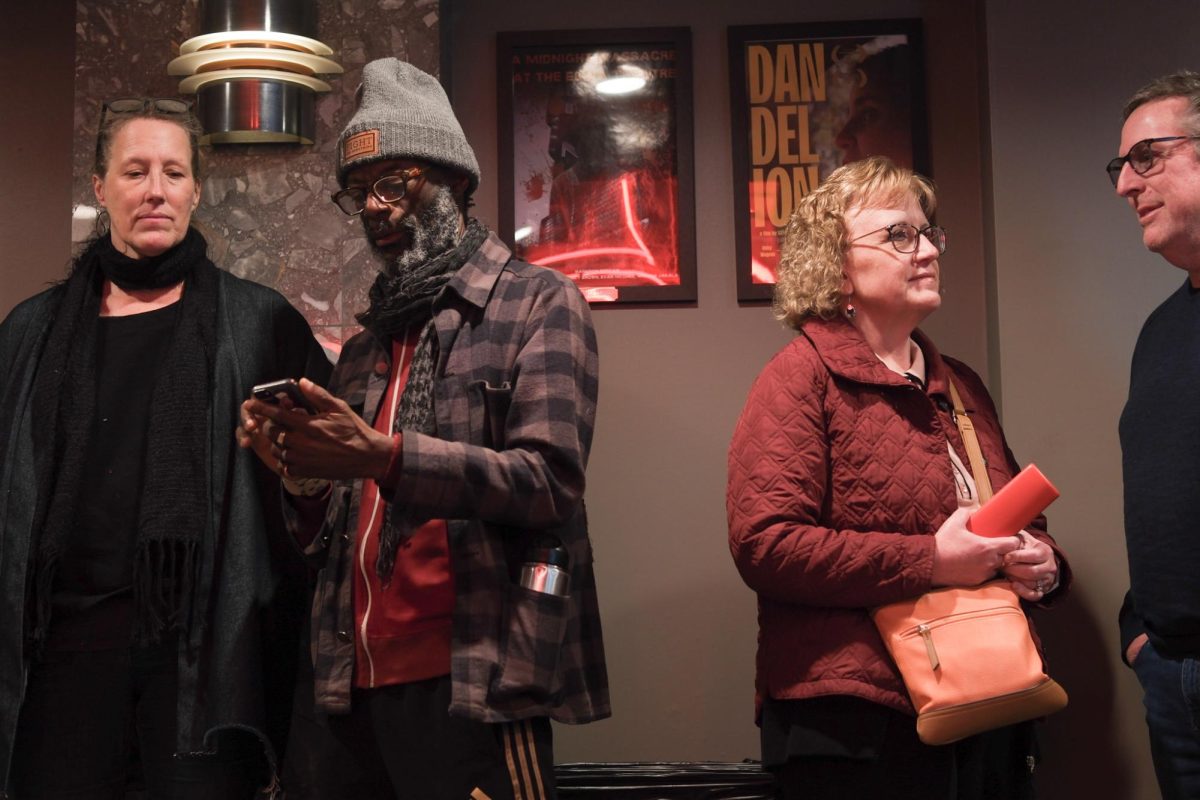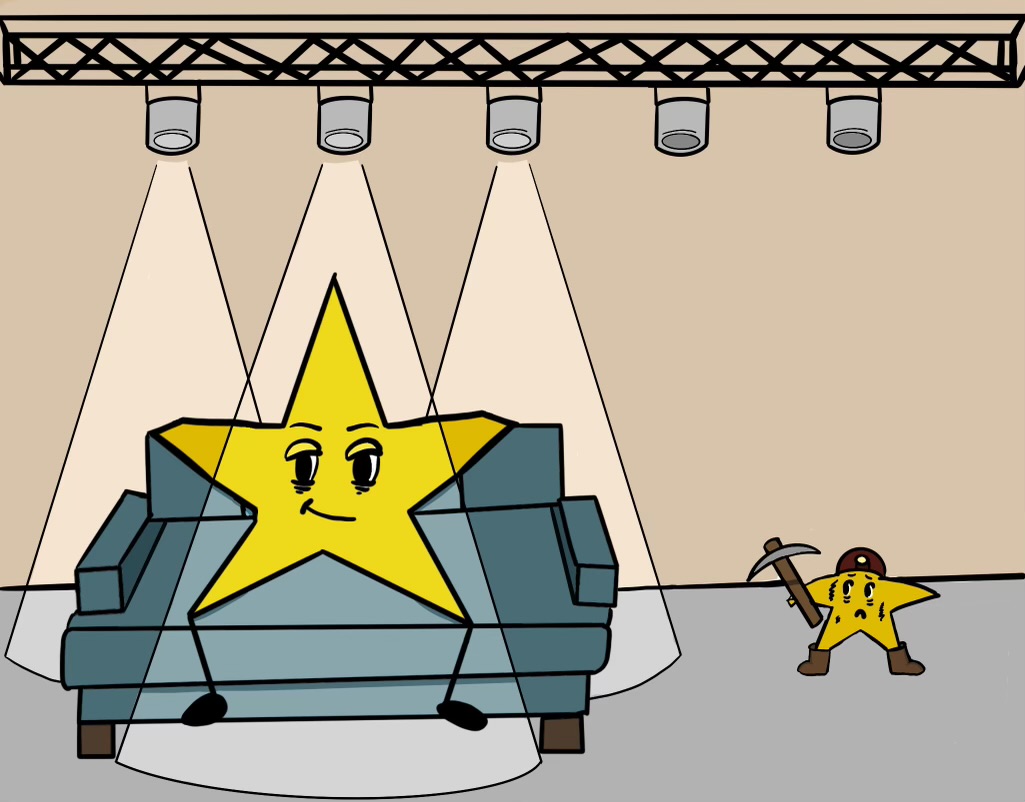Sophia Coppola’s most recent biopic “Priscilla” lets the audience hover around the edges and burrow into the core of Elvis Presley’s wife, Priscilla. In contrast to a typical portrait of America’s favorite sex symbol, “Priscilla” focuses on its namesake, zooming out from Elvis’ fame and into the mind of Elvis’ wife. It weaves the polished and uncomfortable tale of Priscilla, who was 14 when a man approached her and asked if she’d like to meet a 25-year-old Elvis. From then on, her life is dictated by the hit musician, finally leaving him 10 years later, with a ring and a child in hand.
Callie Spaeny executes the role perfectly, brilliantly portraying Priscilla’s narrative arc from naïve 14-year-old girl to demure girlfriend and then trapped wife. Jacob Elordi plays an Elvis disconnected from reality, his stardom, and most morals, which is what makes the two work together. Elordi towers over Spaeny, reminding viewers of the unsettling power imbalance every time they stand next to each other. Together, the costars feel more human than legend, giving the audience a perfect point to examine the horrific undertones of Elvis’ predatory choices in girls.
Visual storytelling is one of the movie’s greatest strengths. Closeups of feet sinking into carpet begin the movie, while lingering shots of pills, clothes, and ever-growing beehive hairdos are sprinkled throughout the biopic, which ends with a shaky shot following Priscilla as she drives out of Graceland. The claustrophobic takes feel like the audience is trapped inside a superficial snow globe. “Priscilla” avoids beating you over the head with the predatory narrative or painting Elvis as a villain; instead, the squirm-in-your-seat concept is executed through the objects that pave the road, letting you fill in the blanks as Priscilla is slowly groomed into her role.
With that said, “Priscilla” is not all roses. Pacing is one of its greatest challenges; while the first act’s slow burn seems to drag on and on, it feels empty and devoid of purpose by the third act, like it’s floating aimlessly without any guiding force to bring it home. This is somewhat purposeful on Coppola’s part; the beginning of the movie is dictated by the presence of Elvis (and lack thereof), so when it drags on, we are put in the position of Priscilla herself, begging Elvis to reappear. The last third, in contrast, is spacey, emphasizing Priscilla’s newfound freedom in her adulthood, even in the confines of her marriage. Nonetheless, it makes for a worse moviegoing experience. The second act is the perfect in-between, but the stretches at the start and end searching desperately for plot are drags on the film.
Most of the shortcomings in “Priscilla” are contestable, because everything about the movie works together to pull you into the horror of the moment and the situation while emulating the disconnection from reality that the titular character possesses. Coppola lets viewers stand right outside the mind of Priscilla, never quite giving exact insight, opting to let the audience infer. Painted with small strokes and a light hand, getting through the squirming and dragging is worth it for Priscilla.
This piece was originally published in Zephyrus’ print edition on November 30, 2023.








